1. The Cookbooks Are Pristine—and Shelved Like Art

Cookbooks arranged by color or lined up with crystal bookends are more about vibes than utility. A well-loved cookbook has splashes of sauce, dog-eared pages, and notes in the margins. If the spine doesn’t crack when opened, it probably hasn’t inspired a single Tuesday dinner. Real cooks leave their cookbooks open on the counter, not on display like sculptures.
When books are part of kitchen decor, they’re treated like conversation starters, not tools. And sure, some people use their phones to follow recipes, but if there’s a whole collection that’s immaculate, that’s a clue. Cooking is messy, and that mess tends to leave a mark—on pages, covers, and maybe the counter beneath. A pristine cookbook collection is basically kitchen cosplay.
2. The Oven Is Spotless
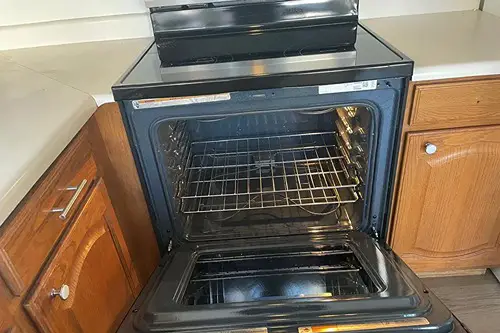
A pristine oven might look great in a real estate listing, but in real life, it’s a dead giveaway that no one’s making meals from scratch. Even with the best intentions, a frequently used oven shows some wear—crumbs on the floor, a little splatter on the window, or at least some discoloration inside. If the oven looks like it just came out of a showroom, it probably hasn’t seen a lasagna or roast chicken. Regular use tends to leave a trace, no matter how tidy the cook.
Beyond aesthetics, ovens that never show signs of use can mean the household relies on takeout or microwave meals. And hey, no judgment—but it’s a very specific clue. People who cook regularly are used to scrubbing burnt cheese off racks or wiping grease off knobs. If you don’t even own oven cleaner, chances are the oven’s just decorative.
3. There’s a Decorative Bowl of Lemons—That’s Never Been Touched
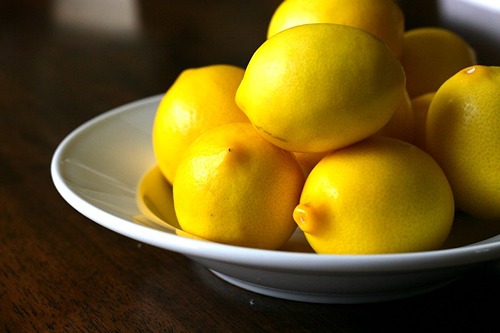
We’ve all seen it: a gleaming white bowl filled with vibrant lemons sitting untouched in the center of the island. It screams “aspirational lifestyle” more than “I zest citrus weekly.” Real cooks know that lemons get used quickly, stored in the fridge to last longer, or they shrivel in days. A perfect bowl that never changes is more about the look than the flavor.
Keeping produce out for display rather than function shows that food is an accessory, not an ingredient. Lemons are versatile—used for dressings, cleaning, baking, and garnishes—so if they never move, something’s up. It’s also worth noting that people who cook tend to keep working staples within reach, not staged like a magazine cover. This is a prop, not a pantry item.
4. No Trash Can in Sight

It might feel chic to tuck the trash can behind a cabinet door or out in the garage, but it’s wildly impractical if you actually cook. Prepping ingredients creates scraps—onion skins, egg shells, meat packaging—and a cook needs the trash nearby. If there’s no obvious place to toss waste, someone probably isn’t dicing veggies every night. Convenience always beats aesthetics when you’re elbow-deep in prep.
Hidden trash often signals a kitchen staged for show or for light entertaining. In reality, cooking often involves quick, frequent tosses—no one wants to trek across the room holding a dripping paper towel. Professional kitchens have multiple waste stations for a reason. A “clean” look often comes at the cost of functionality.
5. All the Knives Are Matching—and Dull
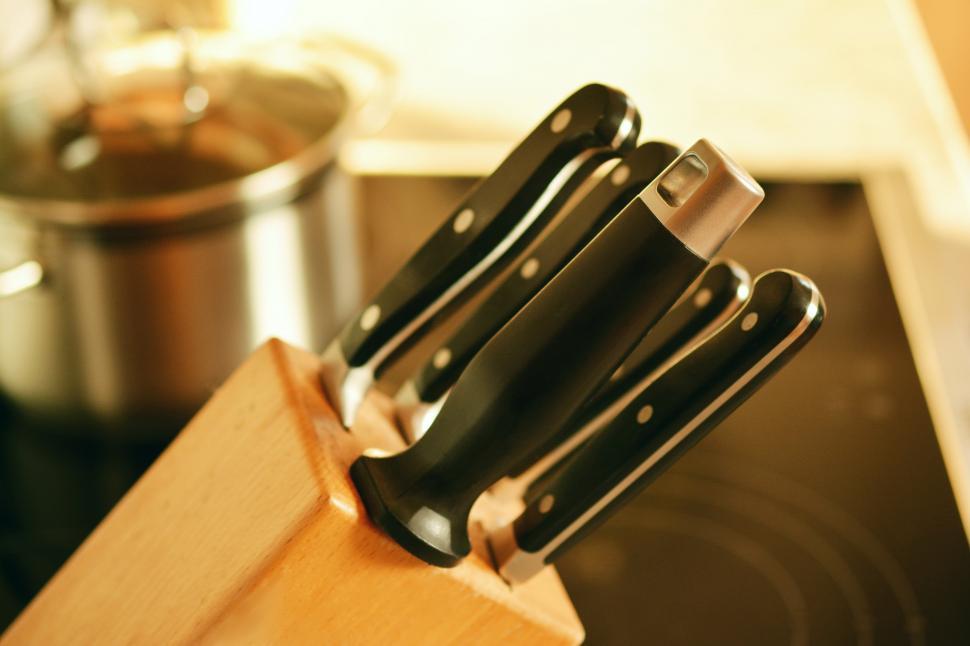
Matching knife blocks look sleek, but they’re not necessarily practical. Most home cooks end up collecting knives piecemeal—keeping the ones they love and use often. A full, untouched knife set where each blade is pristine usually means they were bought for looks. Plus, if they’re never sharpened, they’re probably rarely used.
Cooks have preferences—like a favorite chef’s knife that’s worn smooth from use or a paring knife they swear by. These favorites don’t usually match anything, and they don’t live in a display block. Real use leads to mix-and-match tools that get the job done. A coordinated knife lineup is a red flag of unused potential.
6. Zero Signs of Pantry Overflow
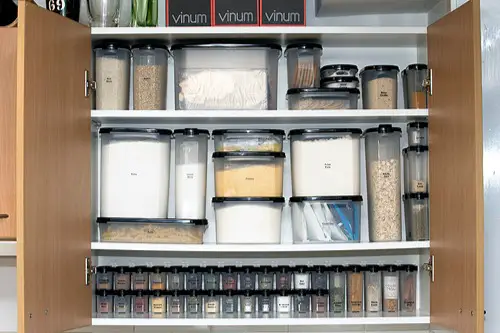
Anyone who cooks more than a few times a week has a pantry situation—backup olive oil, extra pasta, weird flours, maybe even bulk beans. If all the dry goods fit into one tiny, perfectly arranged cabinet, cooking’s not a regular habit. Real-life kitchens accumulate duplicates and odd ingredients from that one recipe you wanted to try. Minimalism in the pantry usually means minimal cooking is happening.
Cooking leads to pantry sprawl because ingredients often come in sizes larger than one-time use. You buy a jar of tahini and end up keeping it for months. And let’s be honest: no one finishes a bag of almond flour on the first go. A tidy, sparse pantry suggests snacking more than sautéing.
7. Open Shelving That’s Actually Dusty
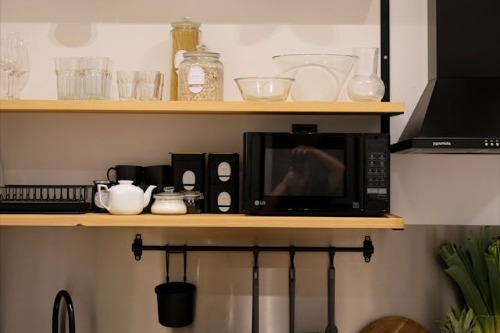
Open shelving is trendy, but it’s high maintenance if you actually cook. Oil from stovetop use mixes with dust, and dishes out in the open get grimy fast. If those “everyday” plates and bowls are spotless but dusty, they’re clearly not being used. Cooks either keep those shelves pristine through constant washing—or they avoid them entirely.
In homes where cooking is frequent, open shelves are either avoided or filled with regularly used items that rotate often. Anything left untouched on an open shelf becomes sticky over time. So if everything looks like it was placed by a stylist and never touched again, it probably was. Functional kitchens don’t prioritize Instagram aesthetics over hygiene.
8. There’s No Ventilation or Range Hood

A real kitchen needs ventilation—especially if you’re searing, frying, or simmering stews. If there’s no hood above the stove or it’s the kind that just recirculates air, it suggests no one’s pushing their culinary limits. Cooking creates heat, steam, and smells, and good ventilation is what keeps your home from smelling like onions for three days. A lack of it implies that smell isn’t a problem—because no one’s really cooking.
Range hoods are a priority in functioning kitchens, not afterthoughts. And if there is a hood but it’s suspiciously dust-free or doesn’t even work, that tells its own story. Cooking regularly without one leads to buildup—on cabinets, walls, and even ceilings. So if you don’t see any sign of airflow, you probably won’t find simmering sauces either.
9. The Fridge Is Half Empty
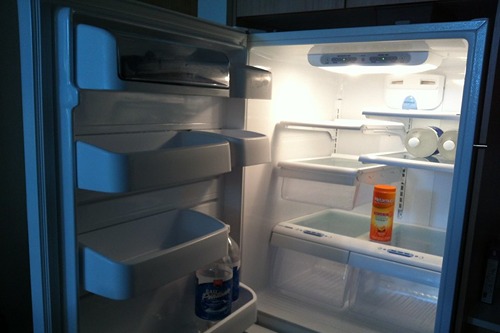
While minimalist fridges can look clean, they don’t reflect real food prep. A cook’s fridge has leftovers, sauces, marinating proteins, and too many condiments. If it only contains sparkling water, yogurt, and maybe a bottle of white wine, that’s not a meal prep situation. It’s more like a beverage station with aspirations.
Fridges that look “staged” often mean the food comes from somewhere else—like delivery or restaurants. Real home chefs end up with crowded shelves and that one questionable Tupperware in the back. They know which drawer holds herbs and which one’s full of cheese odds and ends. A sparse fridge says the kitchen’s not pulling its weight.
10. There’s No Staining or Discoloration on the Countertops
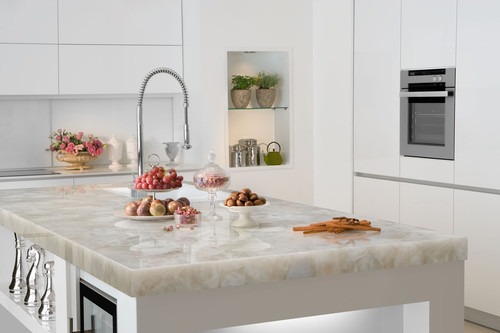
Stone or butcher block countertops show signs of use—water rings, knife marks, maybe a tiny oil stain that never came out. If the counters are spotless and uniform like a showroom model, cooking hasn’t tested them yet. Even the cleanest home chefs can’t avoid a few signs of wear. Kitchens that get used are kitchens that age.
Materials like marble are famously fussy, and regular use causes etching and stains, no matter how careful you are. So if the marble looks untouched? It probably is. True cooking spaces tell a story—and that story includes a few blemishes.
11. There’s Only One Cutting Board—and It’s Decorative
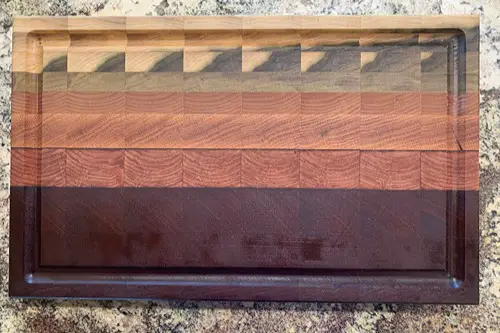
Cutting boards are tools, not art, and real cooks own multiple for different jobs—meat, veggies, bread, and more. If there’s only one on display and it’s a pristine slab of walnut or marble, it’s more about presentation than performance. Functional boards are plastic, scarred, and often stained. They don’t usually sit pretty on a counter unless they’re drying.
Most cooks learn the hard way to separate boards for food safety reasons. Using the same board for raw chicken and salad greens? Not ideal. So if there’s only one board in sight—and it doesn’t even have a scratch—it’s probably never touched a tomato. Display boards are for cheese nights, not weeknight prep.
12. No Signs of Heat Damage Near the Stove
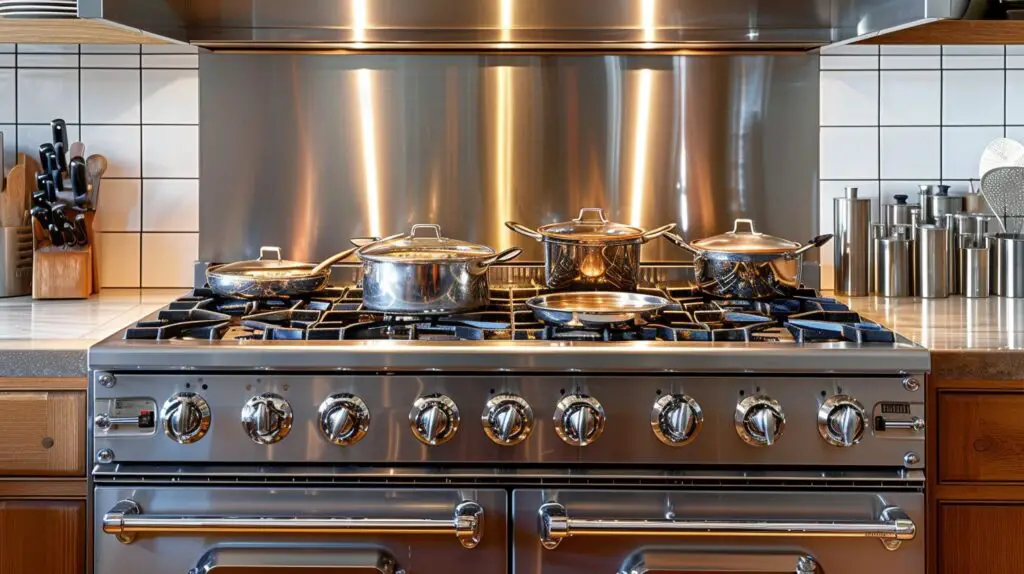
Regular cooking creates tiny battle scars near the stove—scorched paint, heat-blurred outlets, or even slightly discolored backsplash tile. If the area around the burners is completely pristine, it means nothing intense ever happens there. Simmering soups or frying anything inevitably affects nearby surfaces. It’s the price of flavor.
Even with a good range hood, the surrounding area gets tested during real cooking. If nothing around the stove has seen any action, it’s likely just been used for boiling water or heating up soup. You can’t flambé without leaving a mark. And you definitely can’t fake that kind of kitchen history.
This post 12 Layout Decisions That Reveal No One in the House Actually Cooks was first published on Greenhouse Black.
